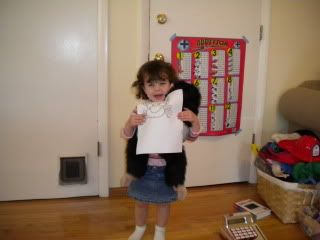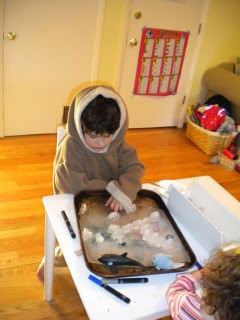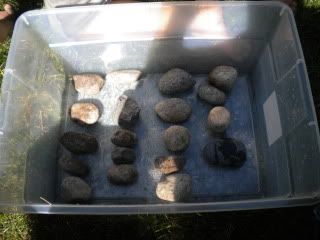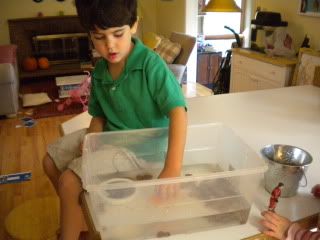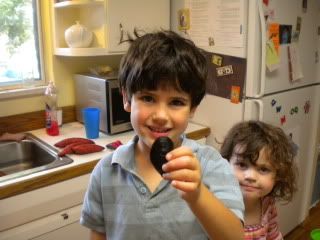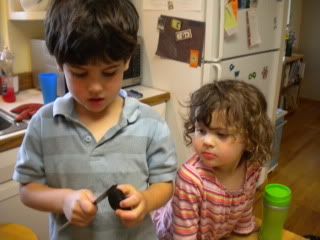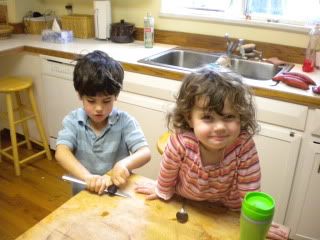I did it. Last night I spent a few hours working out our semester long plan for Five in a Row. I have a hard time doing this. I have a hard time picking a book for one week, let alone several months. I want everything to be perfect. And then I get into this idea that everything we do that week has to tie into the book and that I need to tie it into the various Holy Days and Feast Days that are happening and I get overwhelmed and decide since it can’t be perfect I’m not doing it at all. I push past that feeling and then comes the feeling that the whole exercise is futile because my kids aren’t going to be interested in doing any of this anyway. And then I push past that feeling and try to clarify why it is I’m doing Five in a Row at all.
This is what I’ve come up with. I’m doing Five in a Row because I want some starting point for sharing the things I want to share with my children. I want something to motivate me to get off my butt and interact with my kids. Maybe it’s the leftover “schooling” in me, but, what can I say, I loved school. I was a student for the first 25 years of my life and then I was a teacher. I have school in my blood. So, for better or worse, I haven’t been completely deschooled and I feel I need some sort of something to organize stuff around. At least for now.
One of the tenets of unschooling is to introduce children to a wide variety of topics so that they can discover their own personal interests and passions. Five in a Row gives me a gentle but systematic way of doing this. It was through a Five in a Row study last year that I learned how fascinated I am by the history of flight. I’m hoping we’ll discover more new interests and passions this year.
So here’s my plan for the first part of the year. I’m putting this up here in case someone reading this wants to play along with us either on a regular basis or just occasionally. I plan to do a field trip on Thursdays that ties in with the book/unit for the week. It’d be fun to have other families join us who were working on the same thing.
We’re starting the last week of August, the 29th, with Andy and the Lion. We’ll also read St. Jerome and the Lion. After that:
September
- Mary the Mother of Jesus by Tomie dePaola. The Feast of the Nativity of Mary is on the 8th so we’ll be taking a quick break from Five in a Row. However, it will still feel very FIAR as Tomie de Paola writes amazing children’s literature.
- Down Down the Mountain
- Papa Piccolo
- Lentil
- Henry the Castaway
- The Tale of Peter Rabbit (with a field trip Monday to see the CSO perform a musical version of the story!)
- Madeline
- Halloween (That’s not a book title, it’s a holiday. And it’s a big one around here, so we’ll just read our favorite Halloween titles.)
- The Giraffe that Walked to Paris. This might get pre-empted as Halloween happens on Monday of this week and All Saints’ Day and All Souls’ Day are big around here as well. We may just give into the festivities.
- Another Celebrated Dancing Bear
- Babar to Duet or not to Duet. We’ll be attending a special field trip this week to see a symphony. It’s on a Tuesday. I’m trying to get our enrichment program to do it as a field trip since it’s on our enrichment program day. But if not, we’ll skip school and go anyway.
- Cranberry Thanksgiving
- Merry Christmas Strega Nona
- Country Angel Christmas
- The Lady of Guadalupe
- The Legend of the Poinsettia
- The Clown of God
- Jingle the Christmas Clown
- The Story of the Three Wise Kings
- The Legend of Old Befana
- Katy and the Big Snow
- Amber of the Mountain
- Salamander Room


